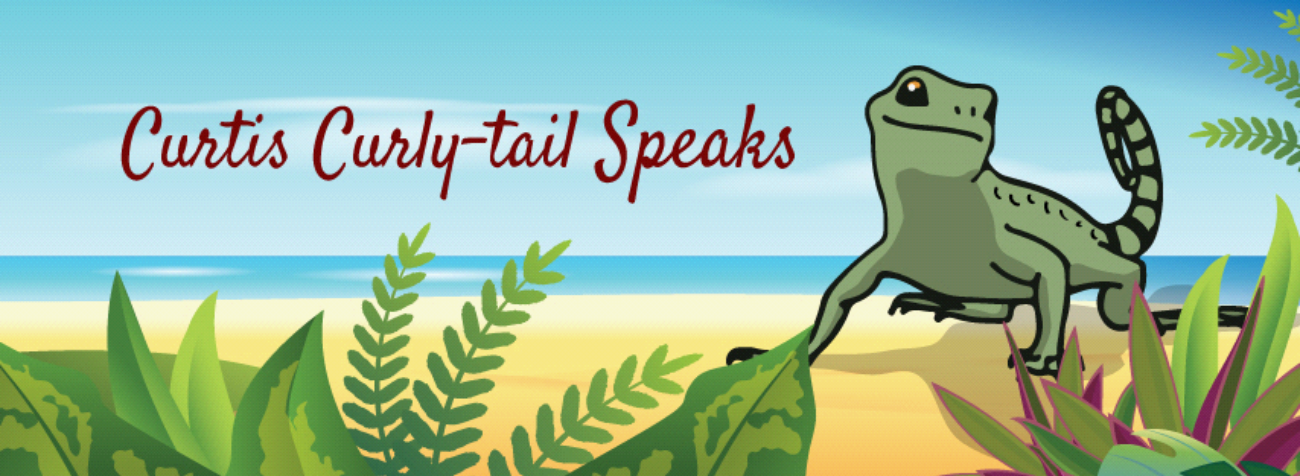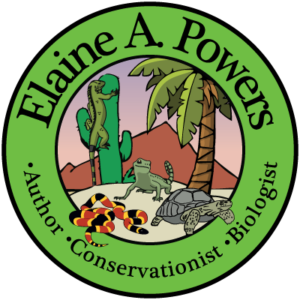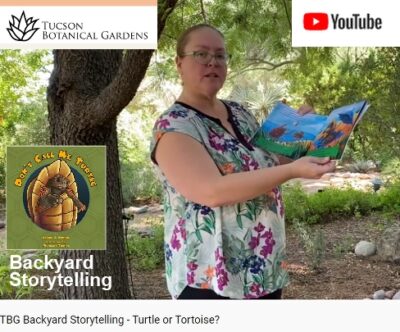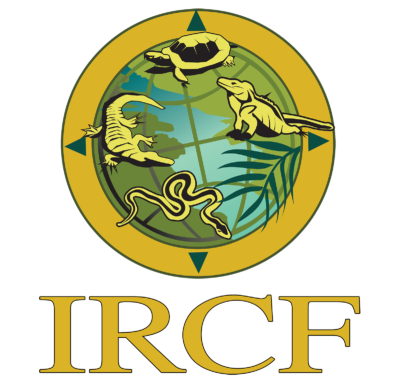This website uses cookies so that we can provide you with the best user experience possible. Cookie information is stored in your browser and performs functions such as recognising you when you return to our website and helping our team to understand which sections of the website you find most interesting and useful.
Have You Seen This Tortoise Scratch its Shell? by Elaine A. Powers, Author
Don’t Call Me Turtle is Voted 5-Stars by the Preschool Crowd, Which Shows the Differences Between Turtles and Tortoises *** Colorfully Illustrated by Nicholas Thorpe *** Written in Rhyme * * * 20 Pages. There are many differences between tortoises and turtles, and the wise tortoise who narrates this book tells us about ten of those differences–in rhyme.
A video of a tortoise scratching its back is making the rounds on social media.
What surprised me were the number of comments from people who didn’t know that tortoises could feel anything on their shells. Shells are a living part of a tortoise or turtle and continue to grow throughout the reptiles’ lives. As they grow, turtles shed the upper layer of their scutes, the sections of the shell, while tortoises insert more keratin between the scutes. Keratin is a protein that also makes your hair and fingernails.
Because shells are growing, breathing parts of tortoise and turtle bodies, they shouldn’t be damaged by being painted or etched. Not only does this hurt the animals, it can kill them.
Yes, my tortoises have itchy backs, too. They scrape their backs, or carapaces, on table legs, the edges of the refrigerator door—or their favorite, scratching my metal bed frame . . . in the middle of the night.
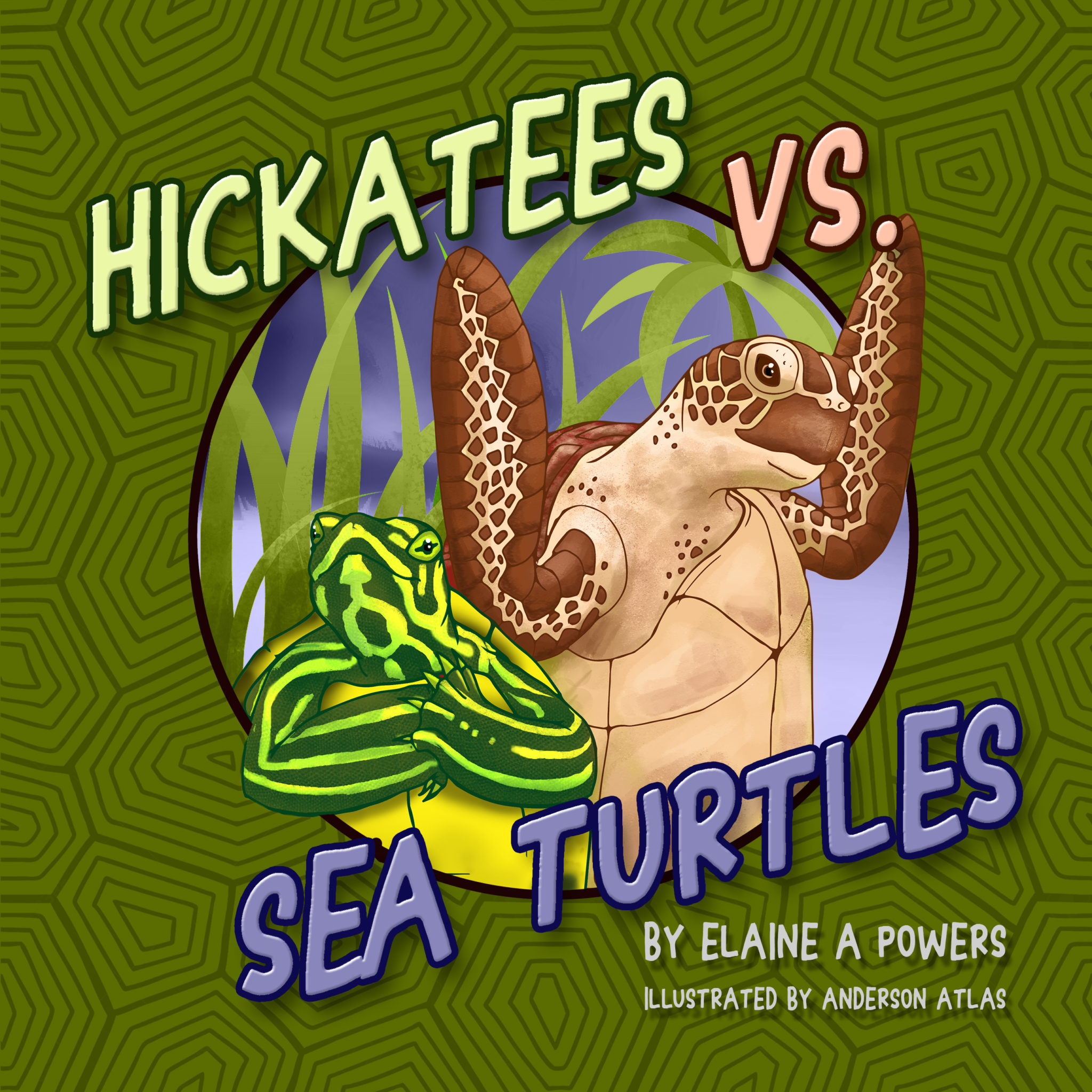
For help with schoolwork on reptiles, specifically tortoises and turtles, read Don’t Call Me Turtle and Hickatees vs Sea Turtles, and check out Lyric Power Publishing’s many reptile workbooks full of fun and interesting activity sheets.
If you run across a tortoise or turtle in the wild, please leave it alone. Interaction can accidentally harm them. But, if you have one as a family member, they just might appreciate a gentle back rub.
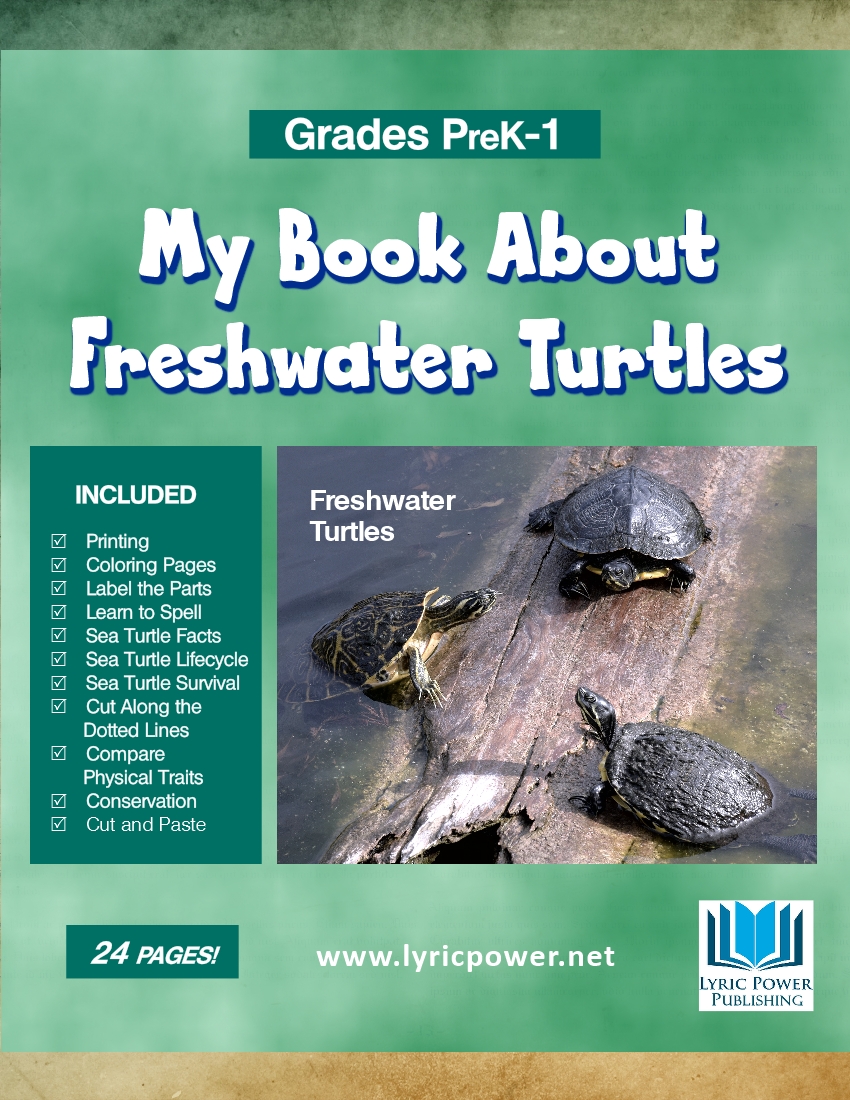
Four ecology coloring and information pages; three spelling and tracing pages; what freshwater turtles eat coloring page; label the parts of a freshwater turtle coloring page; complete the life-cycle of the turtle (same for both freshwater and green sea turtle); three color by addition and subtraction pages; two learn to spell coloring pages; and several teacher information pages suitable for creating bulletin boards about freshwater turtles.
To learn about our latest science-based children’s books and workbooks, to read our latest blog posts about reptiles, birds, cats, and gardening, in a variety of locations, and about how the books come to be, what inspires an author to write, and many more interesting aspects of the publishing business, fill in the box below and we will add you to our email list.
Thank you!
